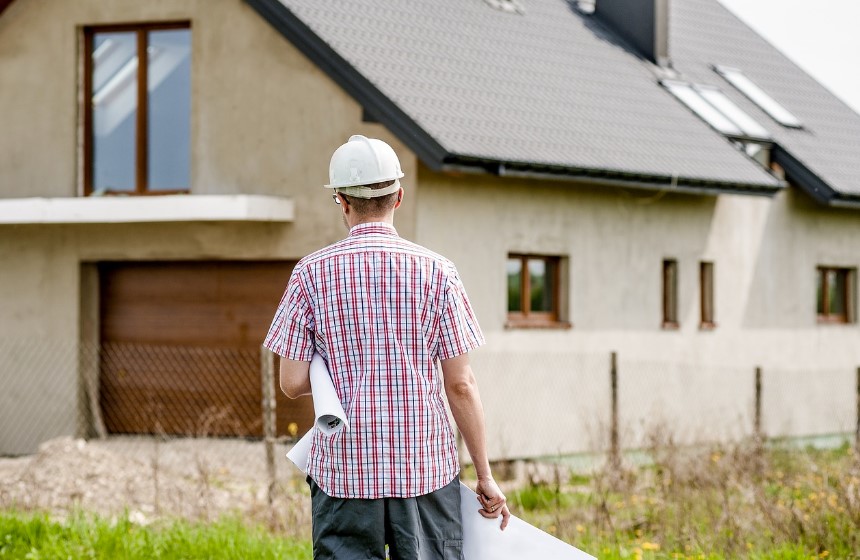Building Problems – How to Solve Disputes as a Homeowner

Owning a home is a dream for many, but building or renovating one can sometimes lead to disputes. Miscommunications, unmet expectations, or unforeseen issues with contractors or builders can leave homeowners feeling frustrated and overwhelmed. The good news? Disputes don’t have to escalate into prolonged battles. By understanding your rights, communicating effectively, and knowing when to seek professional help, you can resolve conflicts efficiently. This guide outlines practical steps for homeowners to tackle building problems while maintaining their peace of mind. Let’s explore how you can turn disputes into solutions and safeguard your most valuable asset—your home.
Identify the Source of the Problem
The first step in resolving any building dispute is to pinpoint the issue. Common problems include:
- Poor workmanship
- Delays in project completion
- Budget overruns
- Use of substandard materials
Inspect your property thoroughly and document everything. Take photographs, note dates, and maintain records of agreements and payments. A clear understanding of the problem will help you address it more effectively and provide evidence if the matter escalates.
Communicate Clearly with Your Builder
Open and honest communication is often the fastest way to resolve disputes. Arrange a face-to-face meeting with your builder or contractor to discuss the problem. When doing so:
- Stay calm and professional, avoiding accusatory language.
- Present your concerns clearly, using the documentation you’ve gathered.
- Focus on finding solutions rather than placing blame.
Most builders want to protect their reputation and are willing to address legitimate complaints. Clear communication can often resolve issues before they escalate further. But in the case that the builder is not willing to listen, you must take action if your rights are being infringed. This is the moment when you need to consult with a law firm. Preferably, one that specializes in building disputes, such as CCS Legal.
Review Your Contract
Your building contract is the cornerstone of your project. It outlines the scope of work, timelines, payment terms, and dispute resolution processes. We recommend checking out your local building regulations first before any further actions. If you are based in Australia, consult the National Construction Code. Reviewing it can clarify:
- Whether the builder has met their contractual obligations
- If there are provisions for addressing delays or defects
- How disputes should be handled
Ensure you understand every clause. If anything seems unclear, consult a legal expert to interpret the terms.
Leverage Mediation Services
If direct communication with your builder doesn’t yield results, mediation can be a valuable next step. Mediation involves a neutral third party helping both sides reach a mutually acceptable solution.
- Benefits of mediation include cost-effectiveness, speed, and less adversarial proceedings.
- Mediators can often help both parties see the bigger picture and agree on fair terms.
Check if your contract specifies mediation as the first step in the dispute resolution process.
Engage a Building Consultant
For technical issues like structural defects or poor workmanship, hiring an independent building consultant can strengthen your case. These experts can:
- Inspect the property and identify defects
- Provide unbiased reports and recommendations
- Serve as expert witnesses if the dispute escalates
A consultant’s report can carry significant weight in negotiations or legal proceedings.
Know Your Legal Options
When all else fails, legal action may be necessary. This step should be considered a last resort due to the time and costs involved. Before proceeding:
- Consult a lawyer specializing in construction disputes to assess the strength of your case.
- Explore alternative dispute resolution (ADR) methods like arbitration if your contract allows.
- Be prepared for potential outcomes, including court-ordered repairs or compensation.
Ensure you’re aware of local laws and regulations governing construction disputes in your area.
Document Every Step
Throughout the process, maintain meticulous records. This includes:
- Emails, letters, and text messages
- Meeting notes
- Photos or videos of defects
- Receipts and invoices
These records can be invaluable in supporting your claims and demonstrating your efforts to resolve the issue amicably.
Preventing Disputes in the Future
While resolving a dispute is critical, preventing similar issues in the future is equally important. Here’s how:
- Choose reputable builders: Research thoroughly, read reviews, and verify licenses before hiring.
- Define expectations upfront: Be clear about your requirements and ensure they’re detailed in the contract.
- Monitor progress regularly: Conduct site visits to ensure work aligns with agreed standards.
- Maintain open communication: Regular updates and check-ins can help address concerns early.
When to Seek Professional Help
Sometimes, the complexity of a dispute warrants professional intervention. Don’t hesitate to involve lawyers, mediators, or consultants if:
- Communication has broken down.
- The builder denies responsibility or refuses to cooperate.
- The financial stakes are high.
Professional support can expedite resolutions and protect your interests.
Conclusion
Building disputes are an unfortunate reality for many homeowners, but they don’t have to be insurmountable. By staying calm, gathering evidence, and exploring mediation or legal avenues, you can effectively resolve conflicts. Prevention is always better than cure, so take steps to avoid disputes by working with reputable contractors and maintaining clear communication. Remember, your home is a significant investment—safeguarding it is worth the effort. Take charge of the process, and you’ll emerge with a stronger understanding of your rights and a better-protected property.